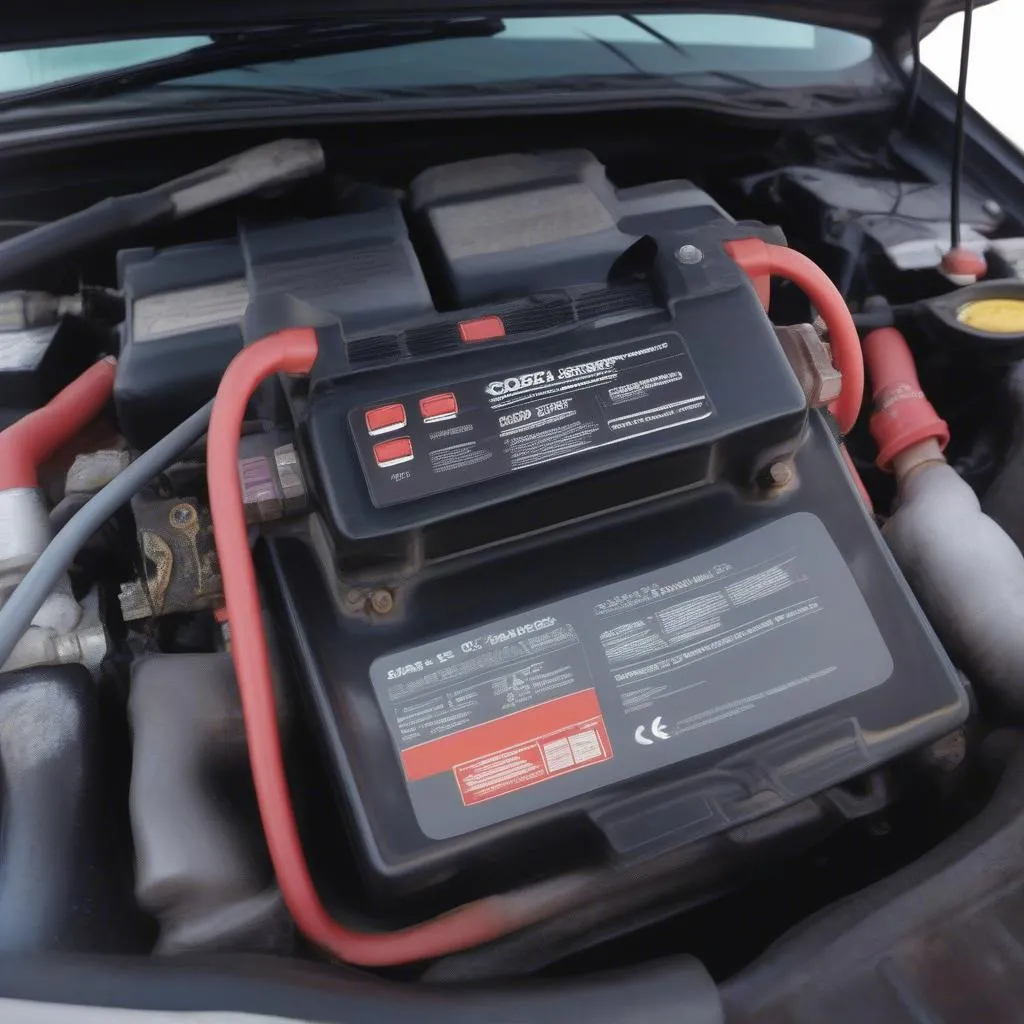Is your gas golf cart losing power, leaving you stranded on the fairway or struggling to climb hills? A decrease in performance can be frustrating, but understanding the common causes and solutions can help you get your cart back up to speed. This article will guide you through the diagnostic process and offer practical solutions to regain your golf cart’s power.
Why is My Gas Golf Cart Losing Power?
There are several reasons why your gas golf cart might be losing power. Identifying the root cause is crucial for effective troubleshooting. Common culprits include fuel system issues, engine problems, clogged air filters, worn spark plugs, and even tire pressure.
Fuel System Problems
A malfunctioning fuel system is a frequent cause of power loss. This could be due to a clogged fuel filter, a faulty fuel pump, or issues with the carburetor. A clogged fuel filter restricts the flow of gasoline to the engine, starving it of fuel and reducing power. Similarly, a faulty fuel pump can fail to deliver sufficient fuel pressure, leading to a loss of performance. Carburetor issues, such as incorrect air-fuel mixture or clogged jets, can also diminish power output.
What if the fuel pump is faulty? A failing fuel pump often produces a whining noise and can cause the engine to sputter or stall, especially under load.
Engine Problems
Underlying engine problems can significantly impact your golf cart’s power. Low compression, worn piston rings, or valve problems can all contribute to power loss. These issues typically require professional mechanical attention.
How can I tell if it’s an engine problem? Low compression often results in difficulty starting the engine and decreased performance. A compression test can confirm this issue.
Air Filter and Spark Plugs
A clogged air filter restricts airflow to the engine, reducing combustion efficiency and power. Similarly, worn or fouled spark plugs can disrupt the ignition process, leading to misfires and power loss. Regularly replacing the air filter and spark plugs is a crucial part of preventative maintenance.
What are the signs of a clogged air filter? Reduced acceleration and a decrease in fuel efficiency are common indicators of a restricted air filter.
Troubleshooting Gas Golf Cart Power Loss
Start by checking the easiest and most common causes, such as the air filter and spark plugs. If these are clean and functioning correctly, move on to inspecting the fuel system. Check the fuel filter for clogs and ensure the fuel lines are clear. If the fuel system seems to be in order, consider checking the fuel pump and carburetor.
- Inspect the Air Filter: Remove the air filter and check for dirt and debris. Replace if necessary.
- Check the Spark Plugs: Remove the spark plugs and inspect them for wear and tear. Replace if necessary.
- Examine the Fuel Filter: Locate and inspect the fuel filter for blockage. Replace a clogged filter.
- Inspect Fuel Lines: Ensure the fuel lines are free from kinks or obstructions.
- Check Fuel Pump: Listen for unusual noises from the fuel pump and check its pressure.
- Examine Carburetor: Inspect the carburetor for clogs or adjustments needed. This may require professional assistance.
“Regular preventative maintenance, including checking and replacing the air filter, spark plugs, and fuel filter, can prevent many power loss issues in gas golf carts,” advises John Miller, a certified automotive technician with over 20 years of experience.
Solutions and Repairs
Once you have identified the source of the power loss, take appropriate action. Simple fixes like replacing the air filter or spark plugs can be done easily. More complex issues, such as carburetor or engine problems, might require the expertise of a qualified golf cart mechanic.
“Don’t underestimate the importance of tire pressure,” adds Sarah Johnson, another seasoned automotive expert. “Properly inflated tires not only enhance performance but also improve safety and handling.”
Conclusion
A gas golf cart losing power can be a symptom of various underlying problems. By systematically troubleshooting the potential causes, from the simplest to the more complex, you can effectively diagnose and resolve the issue. Regular maintenance, coupled with timely repairs, will keep your golf cart running smoothly and ensure enjoyable rounds of golf for years to come. Don’t let a loss of power spoil your game!
FAQ
- How often should I replace the air filter in my gas golf cart?
- Can I clean a clogged air filter instead of replacing it?
- How can I check the fuel pump pressure in my golf cart?
- What are the signs of a failing carburetor?
- How often should I change the spark plugs in my gas golf cart?
- What are the symptoms of low compression in a golf cart engine?
- Can I repair engine problems myself, or should I consult a mechanic?

